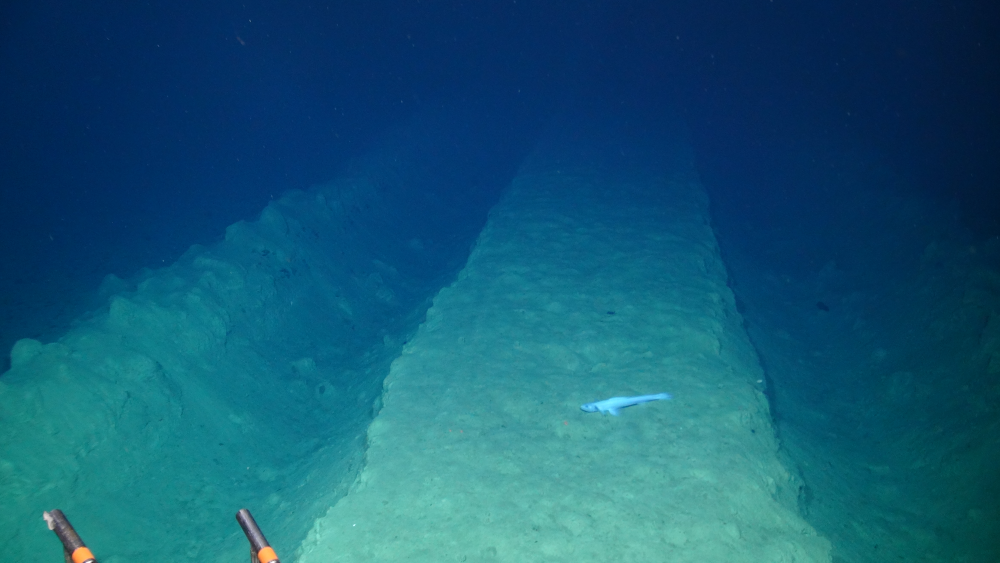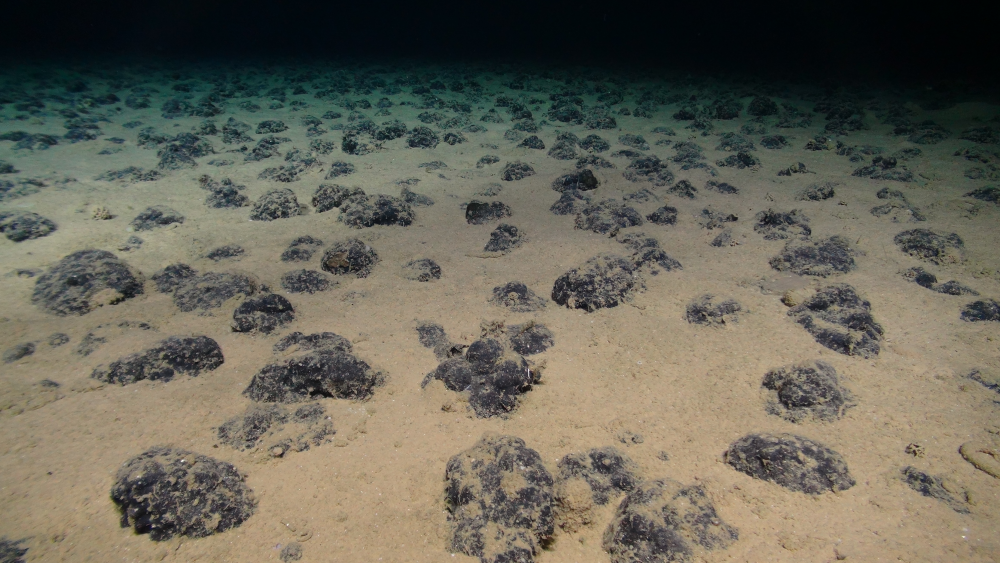The world needs more batteries. That’s what we keep hearing in the push for greener energy, and we can’t build enough to meet global demand without obtaining more battery metals.
ADVERTISEMENT
Here we come across a bit of a sticking point, because getting more metal has historically called for more mining. Mine on land and you threaten areas of incredible biodiversity with trees that sequester carbon, which is why some have set their sights on the seafloor.
There are vast fields of “deep sea potatoes” to be found at the bottom of the Pacific. Known to battery makers as manganese nodules, they can pack an incredible volume of the delicious metals like nickel and cobalt that the green revolution is so hungry for. All sounds pretty good, right? Except nobody yet knows for certain what the exact impacts of mining the seafloor might be, and how long they could last.
What is interesting is that animal life has actually started to recolonise the mined area.
Dr Adrian Glover
To tackle these crucial questions, a study co-led by the National Oceanography Centre and Natural History Museum, London, looked at a site that was mined as part of an experiment back in 1979. Now 44 years old, this patch of the Clarion-Clipperton Zone (CCZ) – hot property in the deep-sea mining industry – holds clues as to what changes we can expect from mining the seabed.
“The most striking observation is that the tracks made by the mining machine 44 years ago look almost as if they were made yesterday,” study author Dr Adrian Glover of the Natural History Museum, London, told IFLScience. “This was not unexpected in a way. We know that biological processes in the deep sea are quite slow.”
“What is interesting is that animal life has actually started to recolonise the mined area. Our data provide the first evidence of the timescale of that process in the main deep-sea mining region of the Pacific.”

The tracks were still plain to see even 44 years on, but this wasn’t totally surprising.
Image credit: The National Oceanography Centre and the Trustees of the Natural History Museum, with acknowledgment to the NERC SMARTEX project
The study found clear evidence of long-term changes to the sediments, with an 8-meter (26.2 feet) section of seafloor cleared of nodules with furrows on either side where the machine passed over four decades ago. When it came to wildlife, the effects were more variable.
It’s very hard, or perhaps impossible, to scale up the ecological impact from this single disturbance to ecosystem or global effects.
Dr Adrian Glover
There were animals within the tracks compared to unmined areas of the seafloor, but the study did note the signs of biological recovery. The sediment surface was once again home to a number of small and mobile animals, including an amoeba-like xenophyophore that’s common elsewhere in the CCZ.
The story was very different for larger animals, however, including some that live fixed to the seafloor. These were still very rare and showed little sign of recovery, and we don’t yet know what that could mean for the wider ecosystem.
ADVERTISEMENT
“It will probably be very hard to assess this,” explained Glover. “The area of the test mine is very small compared to a full commercial scale mine which could be in the region of 10,000 square km. However, even a commercial-scale mine of that size is actually relatively small compared to the total size of each mining contract (approximately 70,000 square km), and the total area of the Clarion-Clipperton Zone is 6 million square km.”
“The Clarion-Clipperton Zone itself is about 2% of the global abyssal plain, which is over half of the planet’s solid surface. It’s very hard or perhaps impossible to scale up the ecological impact from this single disturbance to ecosystem or global effects.”

These are the battery-metal-rich “deep-sea potatoes” that have everyone so excited.
Image credit: The National Oceanography Centre and the Trustees of the Natural History Museum, with acknowledgment to the NERC SMARTEX project
The study also tackled the foggy issue of sediment plumes. These clouds of particulate are released by the disturbance of the seabed and the movement of nodules to the surface, shedding particulates and clogging up the water column. It was feared this could have a widespread impact on wildlife on the seafloor, but this study found limited long-term impacts and didn’t detect any negative effects on animal numbers.
We have not yet really addressed one of the main concerns, which is the potential for irrevocable biodiversity loss.
Dr Adrian Glover
As Glover said, these findings mark the first evidence of what can occur after mining in the main region of the Pacific that is being considered for future operations. It’s a step closer to understanding what potential – negative or positive – this new approach to obtaining battery metals holds, but there are many questions left to address.
“Our new study has focussed on the ecological impacts of disturbance,” said Glover. “However, we have not yet really addressed one of the main concerns which is the potential for irrevocable biodiversity loss.”
“To help protect biodiversity, we have been involved over the last 20 years in setting up a system of protected areas in the region, which now covers almost 2 million square km. That is about 30 percent of the area under exploration, but what we don’t know is how useful these regions are as we have not studied their biodiversity to compare it to the contracted areas. If we can get a good handle on the species that live in these protected regions then we will be able to assess the potential for biodiversity loss caused by mining. This should be a focus of future study.”
The study is published in the journal Nature.
Source Link: In 1979, A Deep-Sea Mining Experiment Carved Up The Seabed. 44 Years On, We're Finding Out Its Impacts